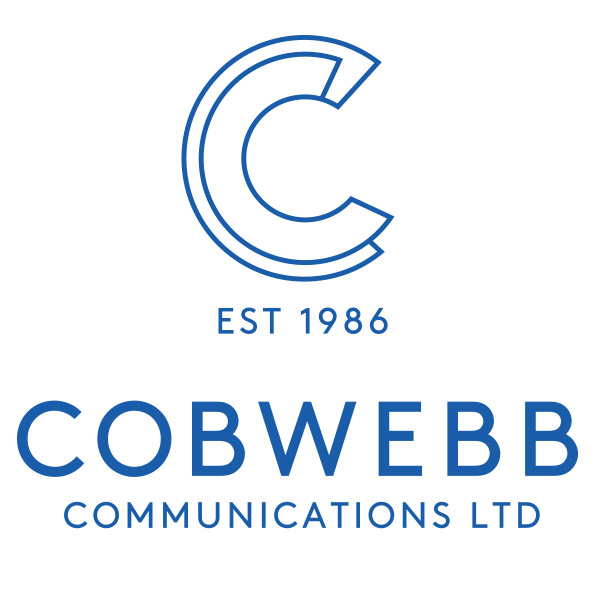Please enable JavaScript to view this site.
There are over 100 fonts supplied with PSF/400, they are held in library QFNTCPL which must be available on the IBM i. Most of these fonts are very similar. There is one 10 cps reverse image font. The most effective fonts for printing and faxing are the Gothic Roman series. The bold fonts fax well. Fonts are available in 10, 12 and 15 characters per inch. The Proprinter 5pt is the largest font available in QFNTCPL. Additional font libraries may be purchased from IBM. The IBM i font collection includes Typographic Fonts for Times Roman and Helvetica. (Install library QFNT300LA1 for printing and QFNT240 for faxing)
Each font can be specified using either the Font Character Set Name or the Font Global Identifier (FGID), or both.
The FGID is used to print a fax on an IBM i AFP printer if an FGID has been entered, if not the font specified in the Font Character Set name is downloaded to the printer from the IBM i.
The only disadvantage to using a downloaded font is the time taken to download the fonts to the printer.
To specify the correct FGID i.e. an FGID similar to the font specified as a Font Character Set Name it is necessary to have details of the resident fonts held in the printer including the Type Face, Width, Character Set and Code Page.
Note: It may be difficult to find a resident printer font which looks the same as the IBM i downloaded font.
For the more technically minded here are some points of interest:-
1.The IBM i automatically determines the FGID's of the resident fonts stored in the printer.
2.If an FGID is specified which is not a resident printer font, the IBM i will decide on the nearest match to a resident font in the printer, and use that font.
3.If an FGID is specified with no equivalent Font Character Set, the IBM i will decide on the nearest Font Character Set to download.
For a full explanation of Working with Fonts see the AS/400 Guide to Printing (SC41 8194), Appendix E.
Catering for Double Byte Characters
CPPD has the ability to cater for spooled files with single byte, double byte and a mixture of both single and double byte characters.
Firstly you would set up your document language defaults by selecting the Page Setup option from the File Menu and clicking on the Language tab.
Select the default Font and Codepage details for your document. If you wish to see the double byte characters in the Cobwebb Designer then you will need to select the relevant “Display Font Character Set” from the dropdown list.
Selecting the correct font
Where the spooled file is made up of just one character set, either all single byte or all double byte, then you would choose your font based upon the Primary Downloadable or Resident Font data. (This information may be displayed by clicking on the Edit button when you are selecting your font.)
Where you are creating output from a spooled file containing both single and double byte characters you should choose a font where the Primary font information is used for the single byte characters and the Secondary information is used for the double byte characters.
